A Levantine Gothic jewel that overlooks the sea, this magnificent structure’s construction began in 1230, replacing a mosque. The interior is as splendid and spectacular as the exterior. Inside, explore a variety of historic paintings, each with a story of its own. Enjoy the sunlight that moves through the stained-glass windows, which was once a method used of telling time. In 1904, Gaudi refurbished the chapel, to what I consider to look like creepy, demonic artwork, but hey it’s different. Inside guests also discover the tombs of Mallorca’s past Kings, James II and James III. Entry fee: 4 euros
If you have time, explore the nearby Parc de la Mar.
This peaceful garden rests behind a wrought iron fence and contains some of the most precious Mediterranean flora and fauna. From lemon and orange trees to artichokes and water lilies, it's a splendid spot to enjoy a moment of solitude and contemplation.
This is one of the most magical places to explore in Palma. Cute, quiet and serene, discover a lush garden of lemon trees and Balearic flowers planted amidst the four walls of this ancient bathhouse. Located in the medieval quarter of the city, Banys Arabs is the only remaining Moorish building in the Palma. Built in the 10th Century, all that survives are two underground chambers, one of which contains capitals recycled from demolished Roman buildings.
Eat an Ensaimada
A Majorcan favorite, an ensaimada is a yeast-based cake shaped like a snail’s shell. Ideal for breakfast, ensaimadas also make for a delicious afternoon snack coupled with a café latte. There are plenty of bakeries around town, many which sell boxed ensaimadas to take back to your home country.
Legend has it that it’s impossible to make ensaimadas (like they do in Mallorca) at home. Why? Apparently the salty sea air is what makes the dough rise differently than other places.
Discover the historical and ancient roots of this island nation at the Mallorca Museum. Located in a 16th-century mansion popularly known as "Casa de la Gran Cristiana,” explore a variety of Gothic panels, Moorish ceramics, weapons, paintings and furniture.
Visit an Ancient Olive Tree in Placa de Cort
Located in Old Town, nearby Town Hall, is an attractive square that features an extremely large and oversized olive tree. The trunk wraps in various directions, similar to a labyrinth. Some sources claim the tree is 600 years old, where others state 800 – either way the tree is a finca, Pedruixella Petit, from the Pollensa area of the Sierra Tramuntana. It lived there for five or six hundred years before transplanted to Mallorca.
While in Spain, it’s ideal to try your hand at attempting to speak Spanish. But, if you’re a lover of old books and all things vintage, explore the English Book Shop for some of the finest antique treasures on the island. Between the shelves and nooks and crannies, discover some of the most ancient tales ever written.
Can Joan de S'Aigo Cafe
Dating back to the 18th Century, this 200 year old café is the oldest ice cream parlour Palma. If ice cream is not your thing, be sure to taste test an ensaimada or for the savory at heart, try a Mallorcan flatbread known as Coca de trampó.
While exploring these wonderful sites and landmarks, be sure to enjoy the moment and go with the flow. Along the way there are many amazing neighborhood churches, lookout points and shops tucked away on old historic streets. Enjoy your day and don't forget to stop and smell the plenty of Spanish flowers.
How would you spend your day in Palma de Mallorca?
Let's Connect!
This Lemon Tree article is now featured on GPSmyCity. To download this article for offline reading or travel directions to the attractions highlighted in this article, go to How To Spend a Day in Palma de Mallorca.
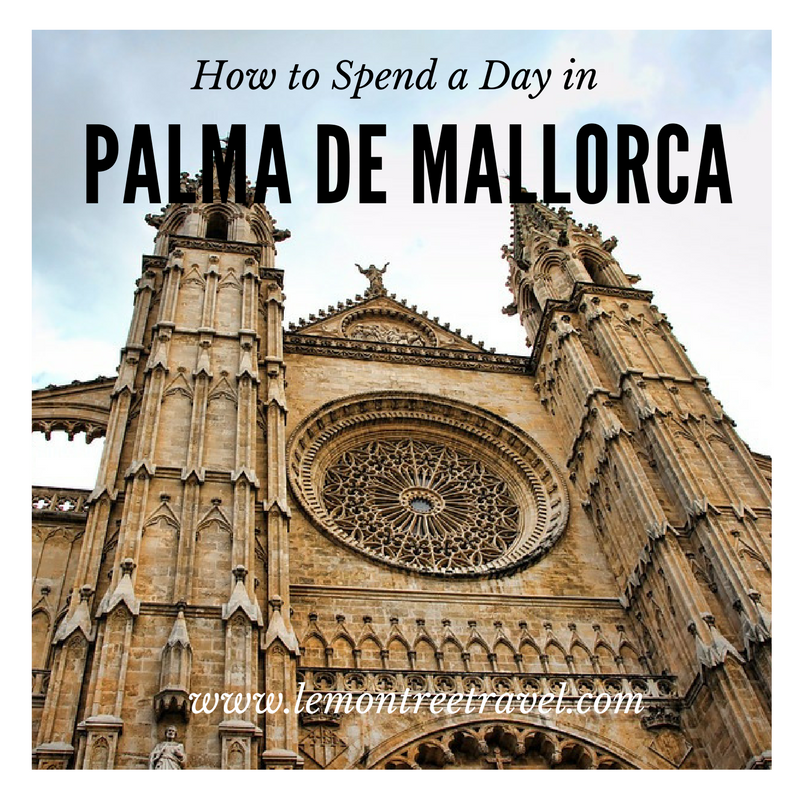

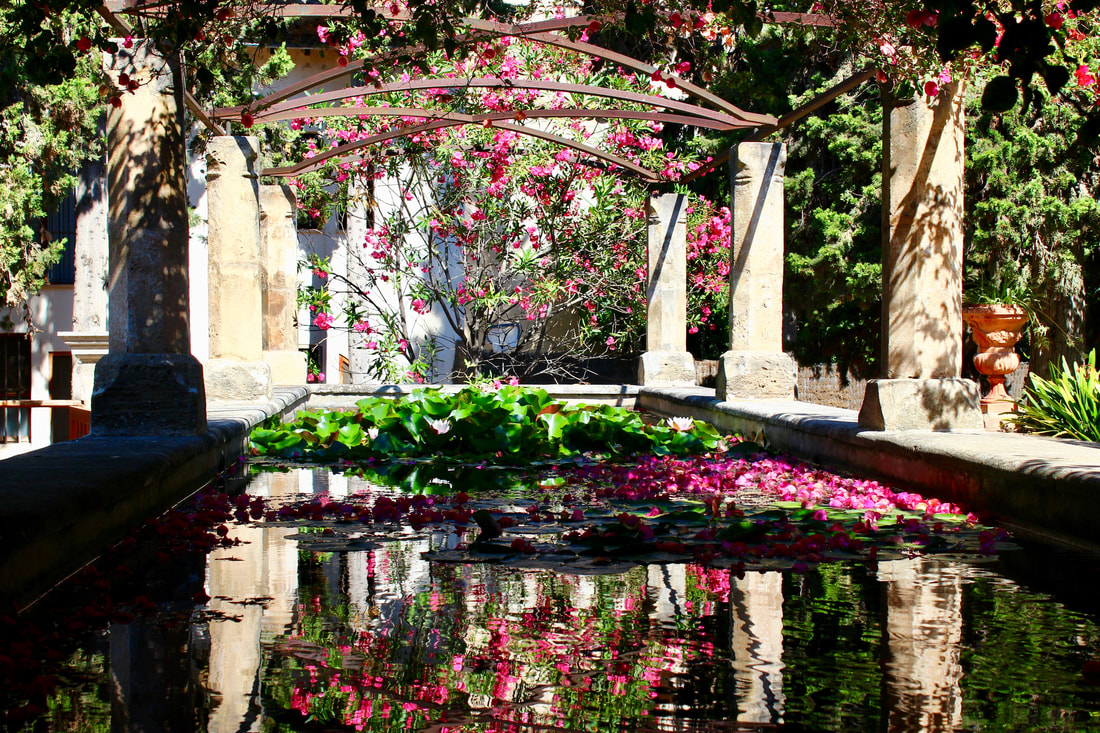
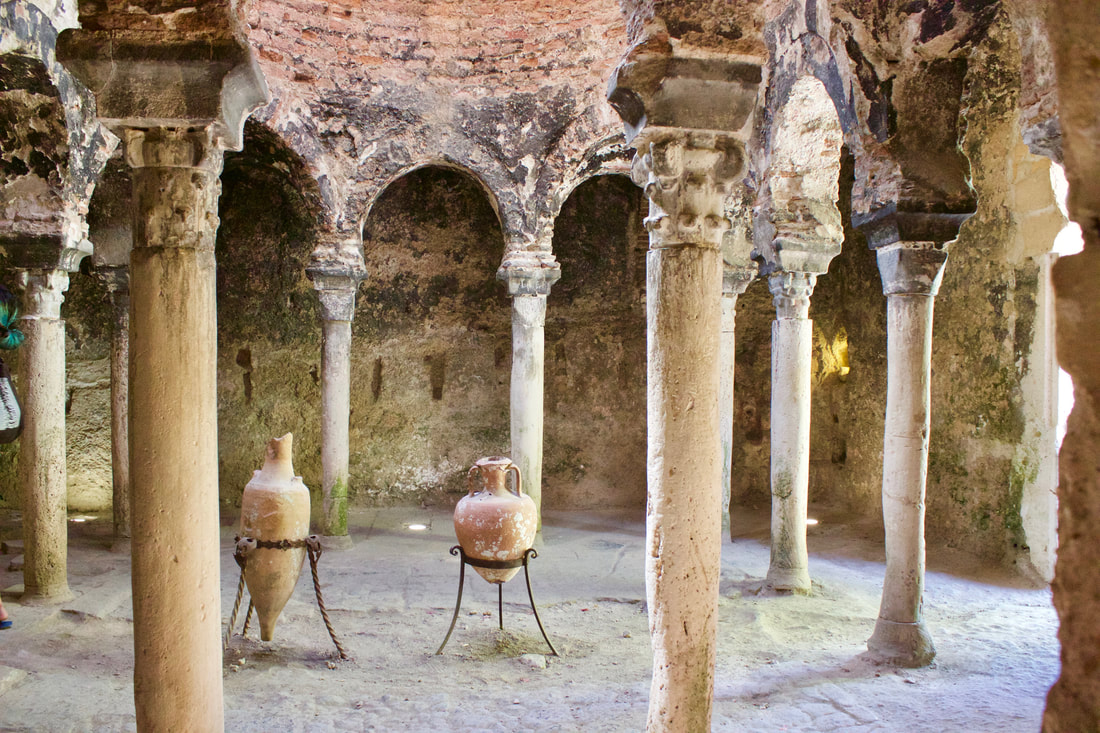
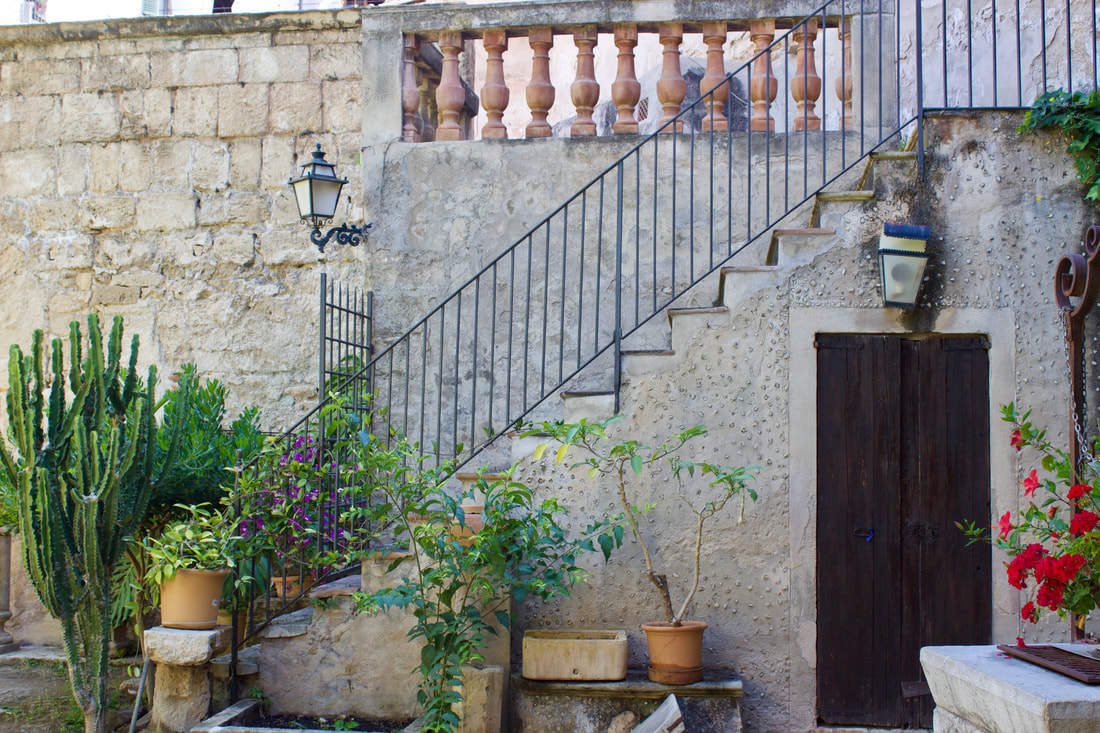
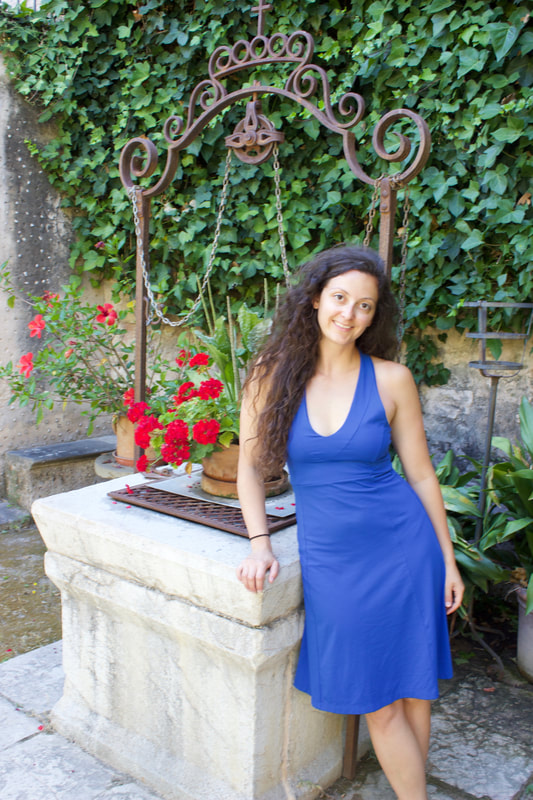
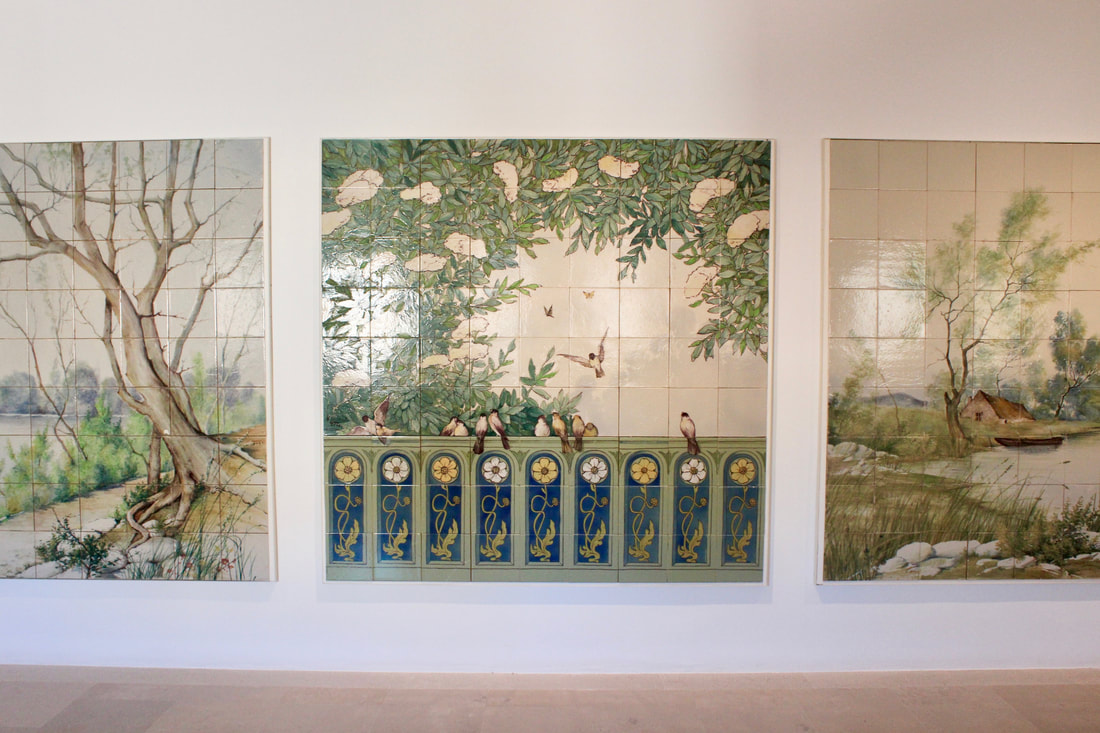
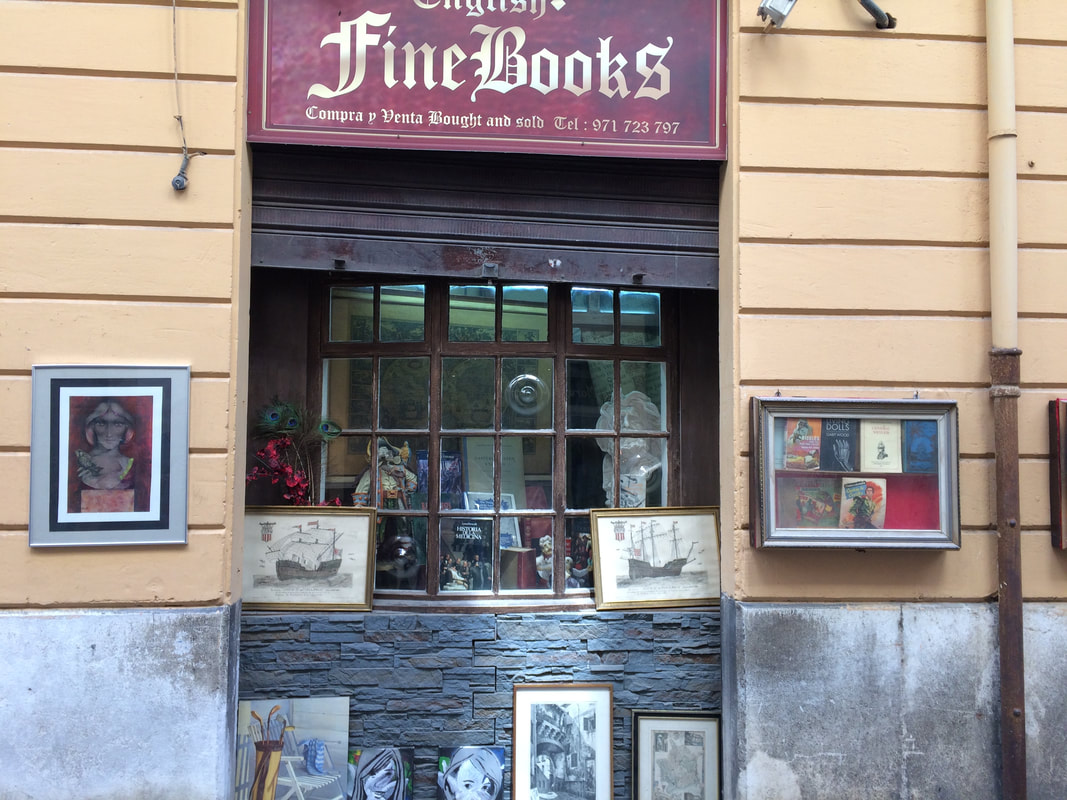


 RSS Feed
RSS Feed